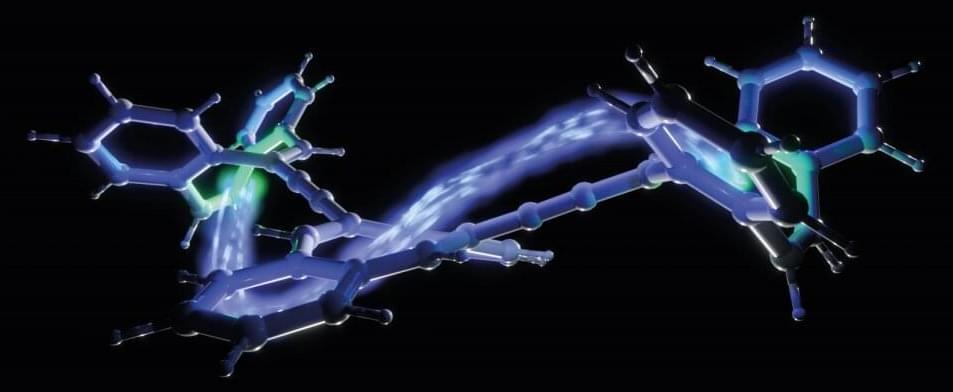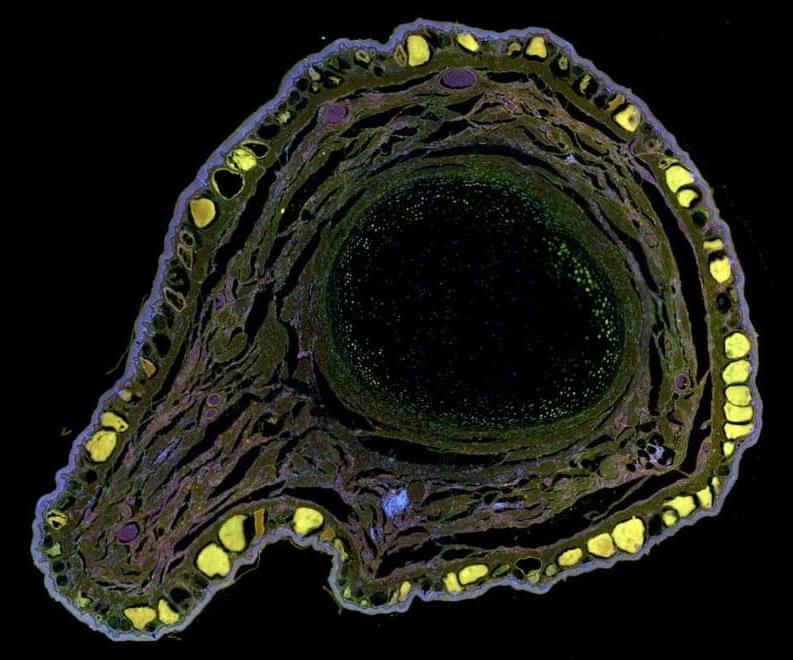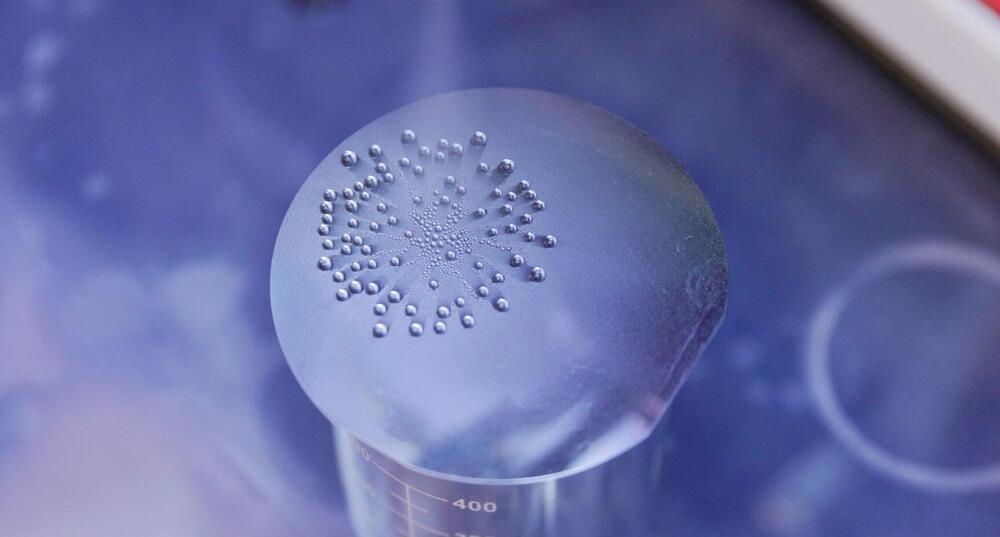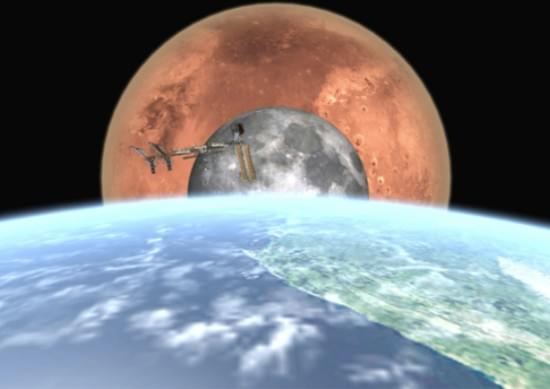In a paper published by Science, DeepMind demonstrates how neural networks can improve approximation of the Density Functional (a method used to describe electron interactions in chemical systems). This illustrates deep learning’s promise in accurately simulating matter at the quantum mechanical.
In a paper published in the scientific journal Science, DeepMind demonstrates how neural networks can be used to describe electron interactions in chemical systems more accurately than existing methods.
Density Functional Theory, established in the 1960s, describes the mapping between electron density and interaction energy. For more than 50 years, the exact nature of mapping between electron density and interaction energy — the so-called density functional — has remained unknown. In a significant advancement for the field, DeepMind has shown that neural networks can be used to build a more accurate map of the density and interaction between electrons than was previously attainable.
By expressing the functional as a neural network and incorporating exact properties into the training data, DeepMind was able to train the model to learn functionals free from two important systematic errors — the delocalization error and spin symmetry breaking — resulting in a better description of a broad class of chemical reactions.






